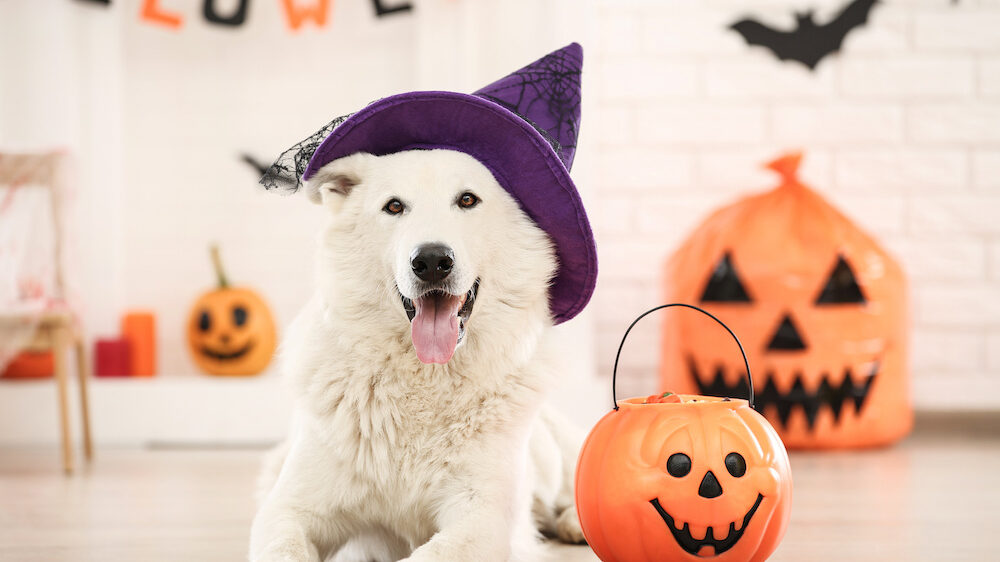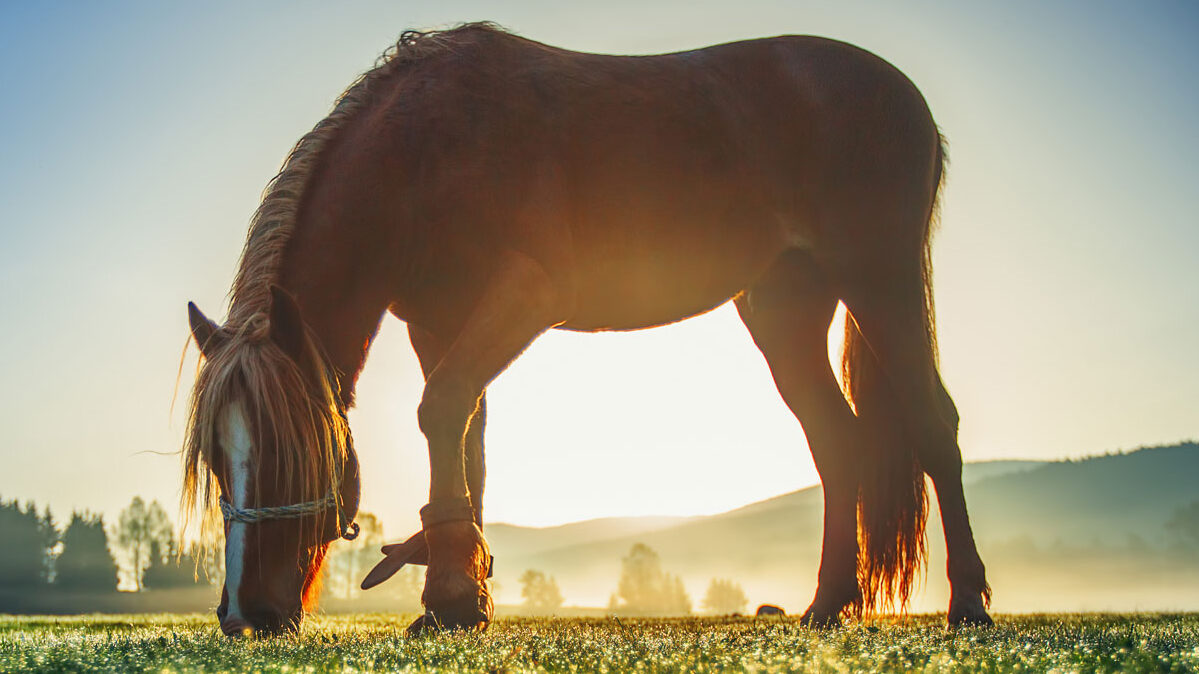Pet Costumes, Treats and More: Top Tips for a Safe Halloween

More people trick-or-treating and hosting Halloween parties this year also means more pets joining in on the fun.
The two biggest Halloween-related issues for pets owners: keeping pets away from candy and making sure they are comfortable if you decide to dress them up.
Many Halloween treats contain chocolate, which is hazardous to pets, while others are made with xylitol — usually sugar-free gum and candies — which can be toxic to animals.
Other Halloween treats, party foods and drinks hazardous to pets: apple seeds, lollipops with sticks, grapes, raisins, walnuts, macadamia nuts and alcohol.
“Keep pets away from candy completely,” says Steve Marks, associate dean and director of veterinary services at the NC State Veterinary Hospital.
If you believe your pet has ingested something they should have, call your veterinarian immediately. The general rule of thumb is to keep pets away from Halloween food completely and tell children or visitors not to feed anything to animals. Pumpkins and other gourds are generally safe for pets to eat but can cause upset stomachs and diarrhea.
“The best advice for Halloween is to place pets in a quiet room away from the door and without access to treats or decorations,” says Marks.
Halloween Pet Safety Tips
Steve Marks discusses how the keeps pets safe this Halloween.
Americans spend an estimated half a billion dollars each year on pet costumes. However, some costumes may impact a pet’s hearing, movement, breathing or vision. An important tip: do a test run of the outfit. NC State veterinary emergency and critical care specialists advise trying the outfit on your pet before Halloween to check their reaction and ensure they aren’t encumbered by it.
Also, avoid costumes with loose ends, small parts or include anything that goes around a pet’s neck. Never leave a costumed pet alone.
Other basic Halloween safety tips:
- Make sure pets do not have access to Halloween decorations with open flames or electrical wires that can be chewed. Make sure there aren’t decorations within your pet’s reach or wagging tails that can be eaten or knocked over, leading to choking or burns.
- Try to walk your dog earlier on Halloween and keep a tight hold of the leash to avoid any potentially scary encounters.
- Keep outdoor cats indoors on Halloween.
- Feed pets before Halloween activities begin.
- Pets may not be used to people in costumes and can be easily startled. This can lead to bites, scratches or running away from people your pet perceives as scary. Again, consider putting your pet in a quiet room away from ringing doorbells, costumed visitors and open doors.
- Make sure pets can be identified. With the front door constantly opened for trick-or-treaters or parties, there’s a risk of pets running out into the neighborhood. Microchips are helpful for identification, as are collars with identifying tags. Even better: a collar with reflective properties that helps cars see animals near or on roads.
- Categories:


